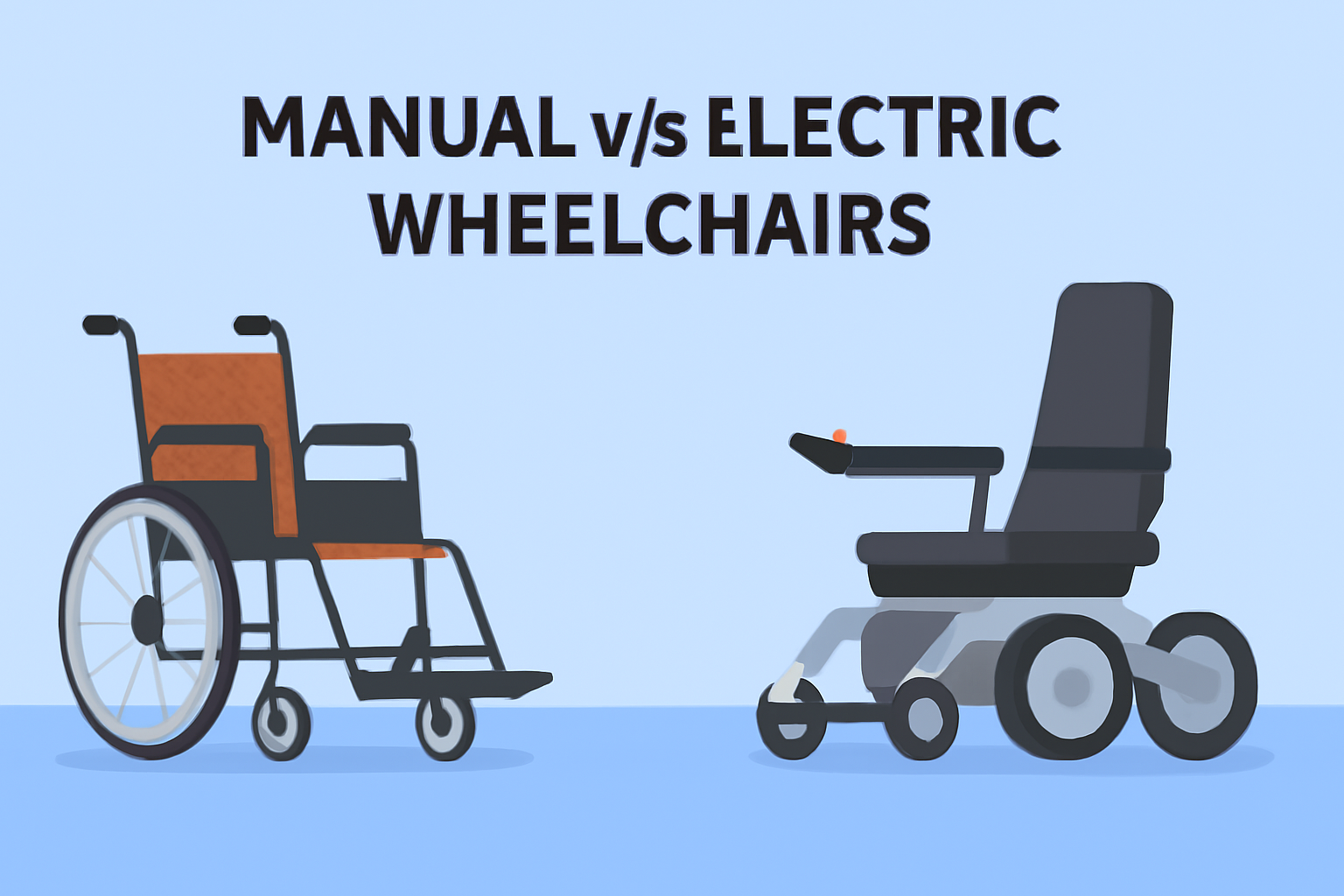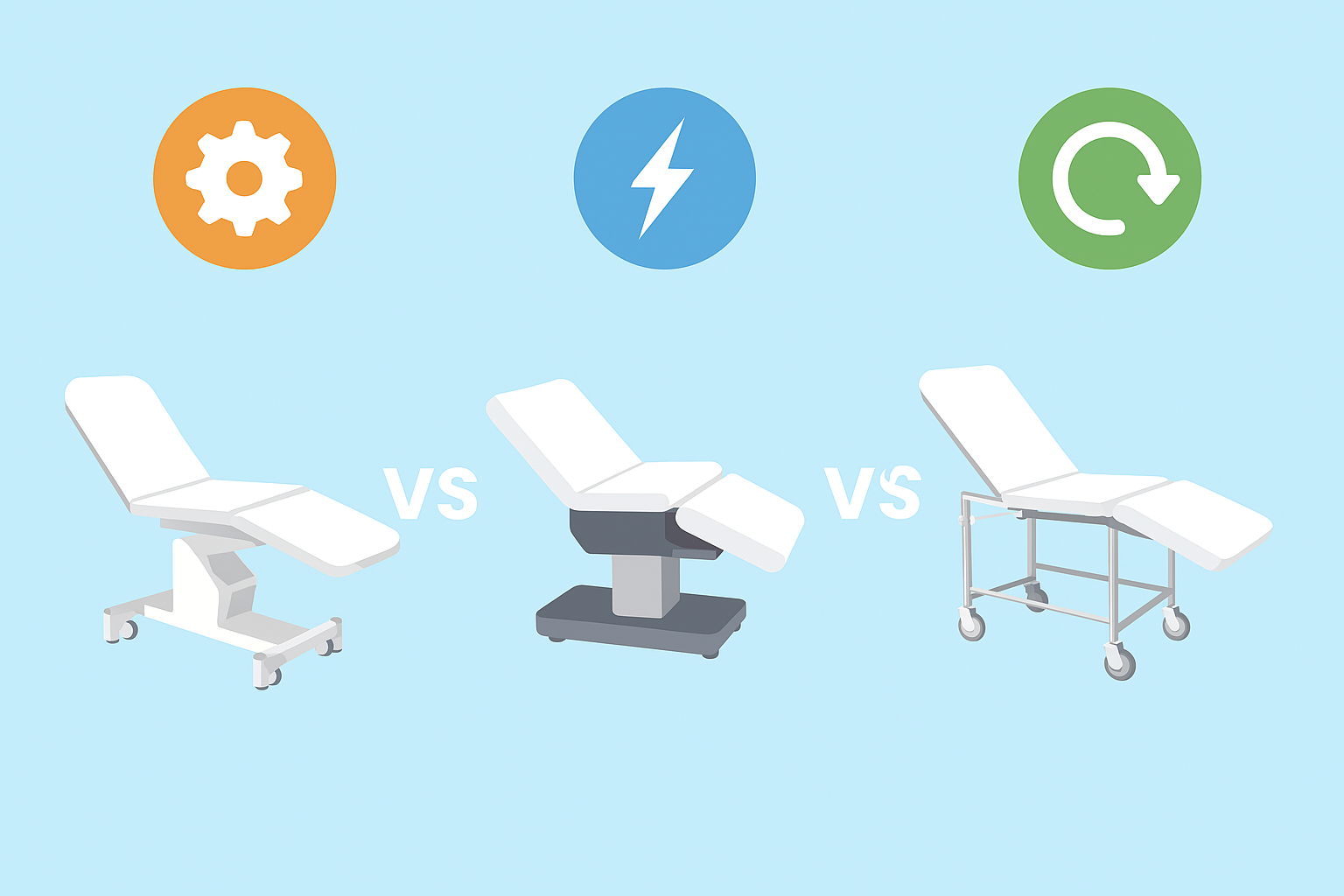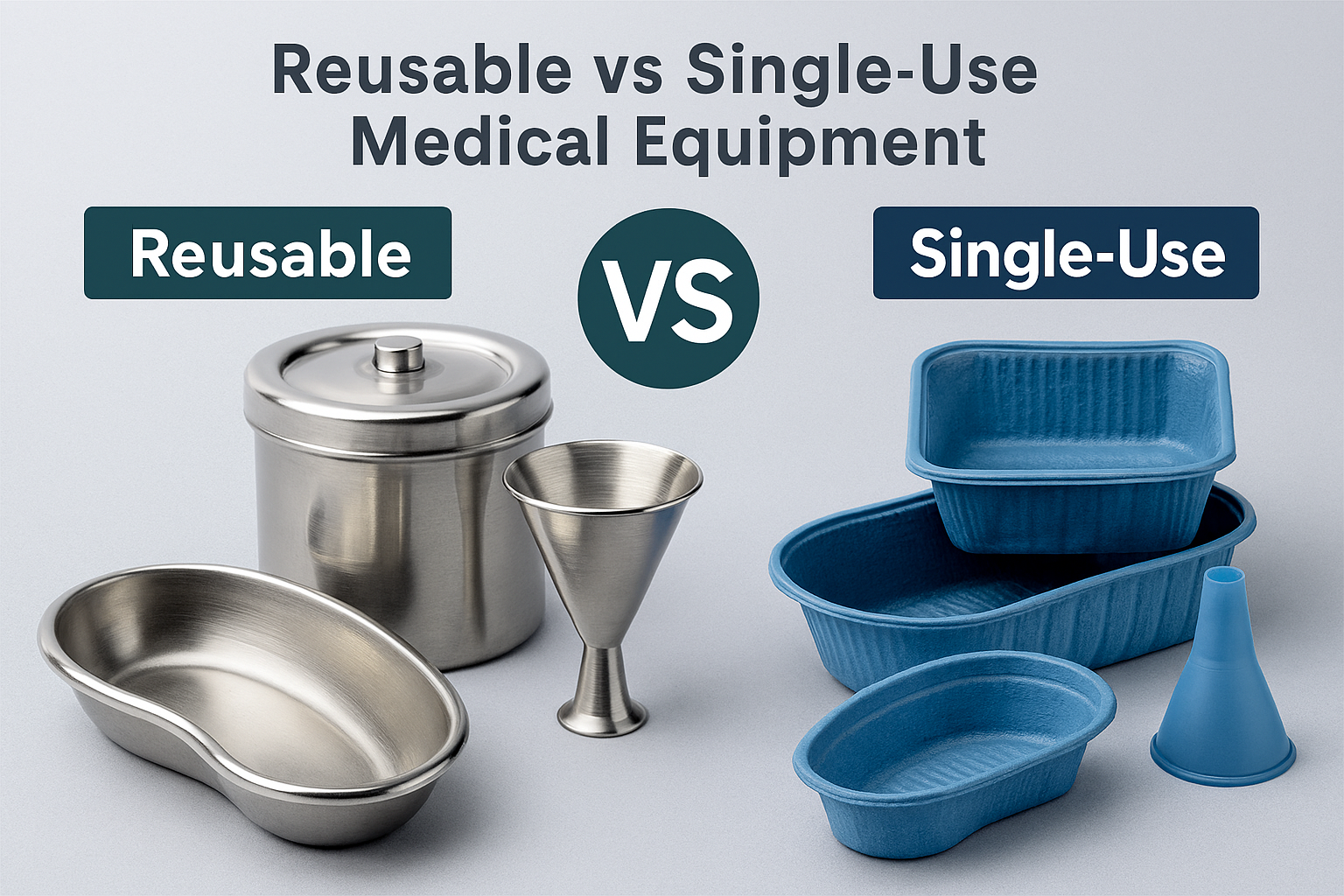Surgical trays are called Mayo Trays. They are important tool in the operating rooms, hospitals and clinics.
The two of the most commonly used Mayo trays are perforated surgical trays and solid surgical trays. Choosing the right type of tray is important not only for efficiency but also for ensuring safety, hygiene and longevity of the surgical tools.
What are Surgical Trays?
They are engineered using the premium quality stainless steel. The best quality trays stand out for their-
- Immense Strength
- Corrosion Resistance
- Ability to Withstand Repeated Sterilization Cycles.
There are two common types of trays including solid trays and perforated trays
What are Solid Surgical Trays?
They are flat non-perforated trays with smooth surface. They are durable trays that can be reused. They are used in healthcare facilities and surgical settings to organize, hold and transport surgical instruments during medical procedures.
Made from the best quality medical-grade plastic, these trays are
- Corrosion Resistant
- Easy to Sterilize
- Safe for repeated use in Autoclaves.
These trays help maintain a sterile field by preventing contamination and providing a stable surface for delicate surgical tools. Their robust design is used in procedures that require strict hygiene control, for it reduces fluid leakage, making cleaning and disinfection more efficient.
What are Perforated Trays?
Perforated Trays are the specialized instrument trays. They have small holes or perforations throughout the surface. These holes enhance sterilization and drying efficiency.
These trays are made from the best quality stainless steel or medical-grade aluminum. They –
- Have robust strength
- Are resistant to corrosion
- Durable
Benefits of this tray
The perforations allow steam or sterilizing agents to circulate freely during autoclaving. They ensure thorough cleaning and disinfection of surgical instruments. They also enable quick drainage of water or air, minimizing drying time after sterilization.
The perforated trays are widely used in operating rooms and sterile processing units to organize, transport and safely store the surgical tools while maintaining optimum hygiene norms.
Perforated v/s Solid Trays
- Drainage:
- Perforated Trays- They have holes allowing blood, saline and fluids to drain quickly, keeping instruments dry,
- Solid Trays – In these trays the liquid tend to pool the surface, needing extra wiping.
- Sterilization:
- Perforated Trays- Steam, gas or liquid sterilants reach the instruments easily, minimizing the sterilization time.
- Solid Trays-Sterilants may not penetrate fully if the instruments are tightly packed, thus they have longer sterilization cycles.
- Durability:
- Perforated Trays- These trays are lightweight, engineered from the modern stainless steel ensuring corrosion and scratch resistance.
- Solid Trays –They are heavy and strong, ideal for carrying heavy instruments. Their flat surface resists deformation.
- Easy to Handle:
- Perforated Trays- They are easy to life and transport. The holes help identify fluid accumulation.
- Solid Trays- These trays have stable flat surface. They are heavier but apt for temporary workspace.
- Uses:
- Perforated Trays- They are best for fluid heavy surgeries and rapid sterilization in high volume surgical rooms.
- Solid Trays- These trays are ideal for heavy instruments, low-fluid procedures and situations requiring a flat surface.
- Maintenance: Both types require cleaning, inspection for scratches or rust and proper storage to maintain longevity.
Surgical Tray Drainage- Perforated Tray Stand out- Why?
One of the most significant differences between perforated and solid trays is how they handle fluid drainage during surgeries.
Perforated Trays –
- Holes in the tray allow blood, saline and other fluids to drain away from instruments.
- Keeps instruments dry and prevents fluid accumulation, minimizing the risk of contamination.
- Reduces pooling of liquids, which can otherwise affect instrument handling during critical surgeries.
Solid Trays-
- In this tray, the liquid tend to pool on the surface, requiring additional wiping or handling.
- They are less effective for procedures involving large amounts of fluid or irrigation.
Durable Surgical Trays – Premium Quality Stainless Steel
Surgical Trays must be able to withstand repeated use, cleaning and sterilization without warping or rusting. The material and construction determine their durability.
Perforated Trays- They are light in weight and easy to handle. Their holes reduce structural rigidity, however the best quality stainless steel alloys compensate accordingly. They are excellent resistant to corrosion, scratching and bending.
Solid Trays- They are heavier and strong, making them less prone to deformation under heavy instrument loads. Their smooth surface makes cleaning easier, minimizing risks of scratches that can build bacteria. They are durable when made of best quality stainless steel.
Which Tray is easy to handle and Organize- Perforate v/s Solid
Ease of handling also equally matters when choosing a right surgical tray for your facility.
Perforated Tray-
- They are light in weight making them easier to life and transport.
- Their holes allow staff to quickly identify fluid accumulation.
- The instruments with careful arrangement are less likely to slide around due to perforation pattern.
Solid Tray-
- They have stable and flat surface for instruments.
- They can double as a temporary workspace in emergencies
- They are slightly heavier, requiring more effort to transport.
Parameters to Consider the Right Tray for your Facility
Selecting between perforated and solid surgical medical instrument trays depends on procedure type, sterilization method and OR workflow.
- Perforated Trays are used –
- During surgeries involving heavy irrigation of blood
- Where Instruments that require rapid, through sterilization
- In high-volume surgical settings.
- Solid Trays are used –
- For handling heavy instruments or equipment
- Procedures with minimal fluid exposure
- Situations where a flat and stable surface is required.
Perforated and surgical trays each serve a significant role in healthcare settings. They excel in drainage and sterilization, making them apt for fluid-heavy instruments and general OR use. The operating room trays comparison will help you make informed choice for your healthcare facility.
FAQs
- Which surgical tray best withstands sterilization?
Perforated surgical trays best withstand sterilization as they allow steam and sterilants to reach all instrument surfaces efficiently. United Poly manufacturers premium quality surgical trays customized to your needs. - Can harsh chemicals be used to clean the surgical trays?
Avoid using harsh chemicals for cleaning the surgical trays for they damage stainless steel. - Why United Poly stands out as the pioneer supplier of surgical trays?
United Poly manufactures and exports the premium quality stainless steel surgical trays with precision design. They follow hygiene standards and supply long-lasting surgical trays aligned with your healthcare facility’s requirements.






